2017 marks two anniversaries in the evolution of our interdisciplinary design studio. Forty years ago, Michael Reed, established Mayer/Reed focusing on the intersection of product design and visual communications. Ten years later, Carol Mayer-Reed joined the practice to form a larger multi-disciplinary partnership that includes landscape architecture and urban design. With the more recent addition of Kathy Fry and Jeramie Shane as principals, the practice continues to expand and evolve and is now a studio of 26 diversely talented professionals.
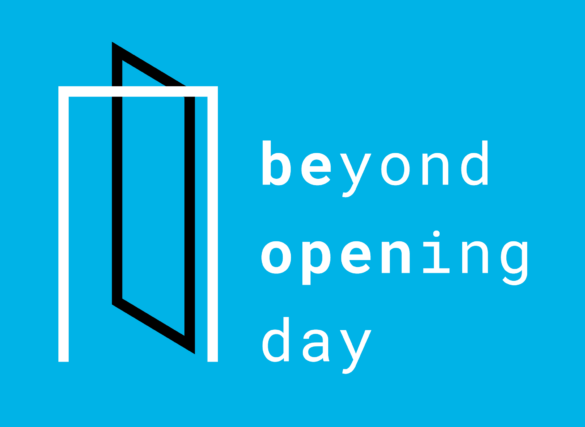
Throughout our 30/40 landmark year, we are exploring the nature of community and place through reflections, observations, and images of Mayer/Reed’s work culminating in a “Beyond Opening Day” photo exhibit. The November exhibit will explore the story of place and identity as seen through the lens of users. As designers, we are interested in learning how our projects have taken on a life of their own.
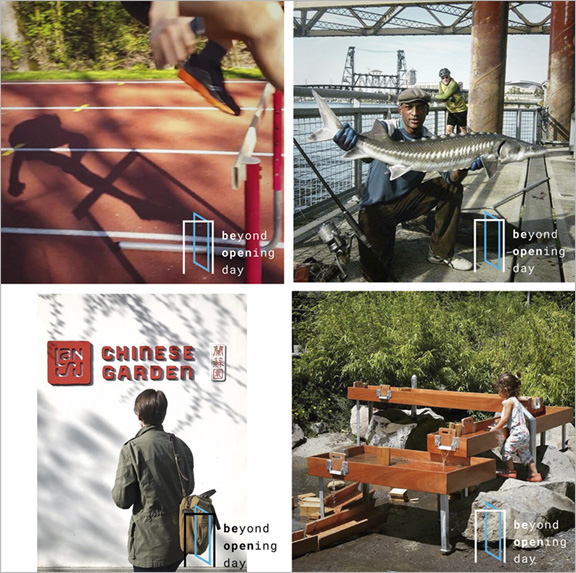
What are your experiences in the places that Mayer/Reed has designed? Have you captured special moments or a remarkable shaft of light?

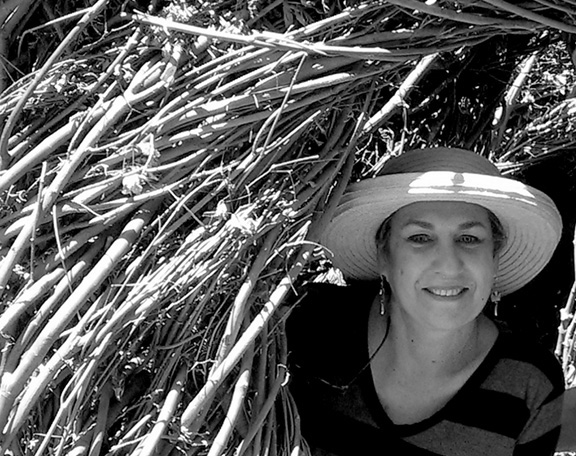 An Associate and senior designer at Mayer/Reed, Teresa is being recognized in the Works category for a body of award-winning projects that have contributed to the Pacific Northwest’s reputation for outstanding public spaces, sustainable practices and urban design. Teresa’s significant projects include the
An Associate and senior designer at Mayer/Reed, Teresa is being recognized in the Works category for a body of award-winning projects that have contributed to the Pacific Northwest’s reputation for outstanding public spaces, sustainable practices and urban design. Teresa’s significant projects include the 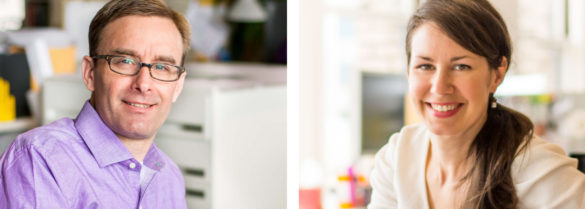 Ryan Carlson, LEED AP is a registered landscape architect and project manager. His professional pursuits range widely from urban projects such as the Hyatt House Downtown/Portland and the Franklin High School Modernization to parks and ecologically focused projects such as Portland’s Willamette Park Improvements and the Ebey Waterfront Park and Trail in Marysville, WA. Ryan holds a Master of Landscape Architecture from the University of Oregon. He joined Mayer/Reed in 2005.
Ryan Carlson, LEED AP is a registered landscape architect and project manager. His professional pursuits range widely from urban projects such as the Hyatt House Downtown/Portland and the Franklin High School Modernization to parks and ecologically focused projects such as Portland’s Willamette Park Improvements and the Ebey Waterfront Park and Trail in Marysville, WA. Ryan holds a Master of Landscape Architecture from the University of Oregon. He joined Mayer/Reed in 2005.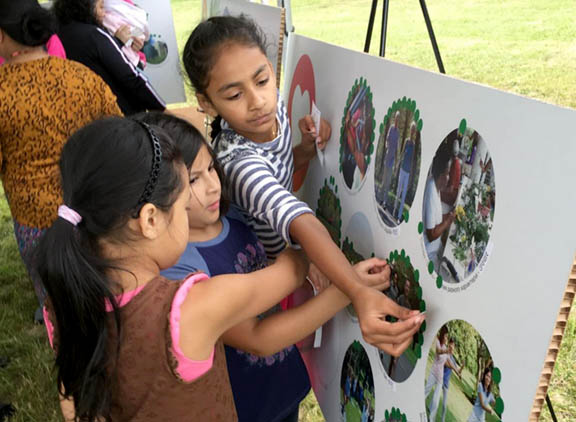 In collaboration with
In collaboration with 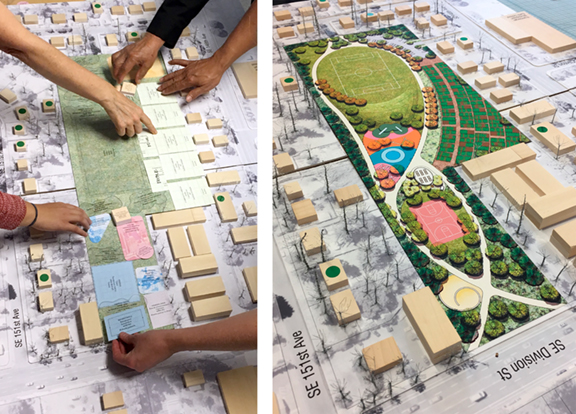 A followup community event in October invited participants to arrange and prioritize scaled templates of amenities such as sports fields, playgrounds and gardens on a site model. A separate art activity encouraged young and old to depict their ideal park experiences, which we then composed into a colorful “tapestry” to represent the shared vision.
A followup community event in October invited participants to arrange and prioritize scaled templates of amenities such as sports fields, playgrounds and gardens on a site model. A separate art activity encouraged young and old to depict their ideal park experiences, which we then composed into a colorful “tapestry” to represent the shared vision.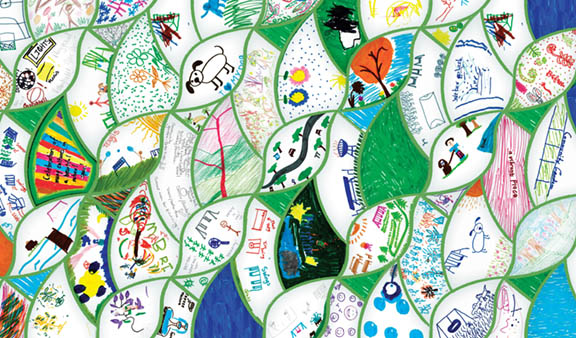 Inspired by this exchange of ideas with the community, Mayer/Reed created two design options for the park which we presented at a community meeting in April. Consensus was reached for some elements, while others (like a dog park) continued to generate fruitful discussion. Building on this critical input, we’re now finalizing a single park concept. This process has demonstrated that comprehensive outreach and participatory design activities (despite language barriers) can bring many different people together to shape a space that is destined to become a social hub of activity for the neighborhood.
Inspired by this exchange of ideas with the community, Mayer/Reed created two design options for the park which we presented at a community meeting in April. Consensus was reached for some elements, while others (like a dog park) continued to generate fruitful discussion. Building on this critical input, we’re now finalizing a single park concept. This process has demonstrated that comprehensive outreach and participatory design activities (despite language barriers) can bring many different people together to shape a space that is destined to become a social hub of activity for the neighborhood.